It was a week to interhouse sports at my sister’s school.
And she was seriously going through my wardrobe trying to loot as much as she could, she needed to look good!
Then I broached a very serious question, at least to a 13 year old.
“What hairstyle are you going to make?”
She was considering picking among “watermelon, setting, or fixing something”
I told her she would not stand out, that she needed to do something African, like “Ajankolokolo” or “Calabar”.
She managed to spare me one look, and it was one that said “you are old”.
So I proceeded to ask her, did she know Nigerian women were plaiting their hair fashionably way before western civilization?
Importantly, a lot of cultures had different hairstyles that meant different things, some even showed class or royalty!
But because of the culture gap, children of today have no idea about the amazing things our culture has to offer.
At that point, I had her attention, and I proceeded to share some hairstyles in the south-west region with her and what they meant. Check them out:
- Shuku :
Tales have it, that at some point in our culture, only wives of kings could make this hairstyle. Shuku, called basket in English is a type of braiding in which the hair runs from the forehead to the nape of the neck. Most times, it forms a rump on the centre of the head. Shuku is blended with koroba (bucket) to form orishabunmi.
Shuku Credit: pbs.twimg.com
Shuku Credit: pbs.twimg.com
- Koroba:
Koroba means “bucket or pail”. Now imagine what a bucket looks like upside down? That is exactly what the koroba hairstyle looks like. The plaits/braidings run down from the centre of the head to all parts of the head. A well-plaited koroba leaves a shiny spot in the centre of the head. It is sometimes adorned with red beads.
koroba-nigerian-hair-style
Koroba. Credit: cdn.guardian.ng
- Kolese:
Kolese meaning “Legless” is also called “All Back” in English. It is a favoured hairstyle especially with ladies who have oblong faces. The hairs are divided into little bits with a wooden object known as cutting comb or “ilarun” in Yoruba; and then each knot originates from the front and runs to the back of the head, leaving the face bare and unframed.
Kolese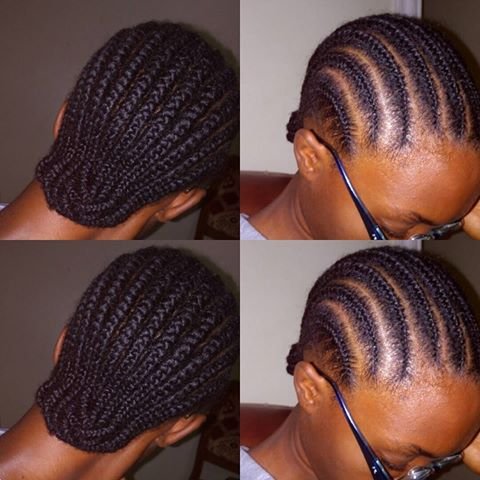
Kolese
ipako elede:
Elede means “pig’s nape”. This hairstyle is the direct opposite of Kolese. The styling/plaiting starts from the back and everything is directed to the front.
Ipako Elede
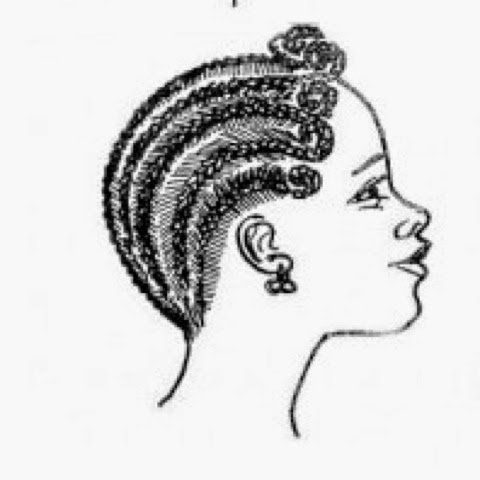
Ipako Elede
- Onile Gogogo/Alakaba:
Onile Gogogo means “a tall house”, while alakaba, translates as “a skyscraper”. The hairs are not plaited but rather twisted used using some sort of thread, which is referred to as “owu ikorun”.
Alakaba credit: pbs.twimg.com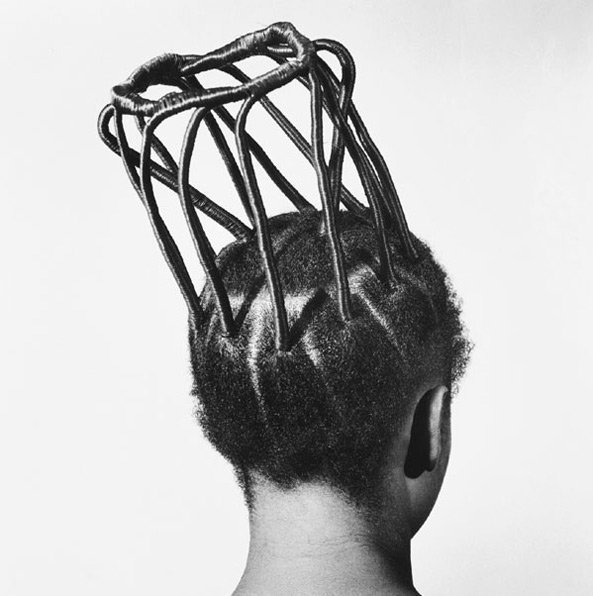
Alakaba credit: pbs.twimg.com
- Patewo:
This is quite a popular hairstyle and it translates as “clap your hands”. In this hairstyle, the braids have two starting points, left and right. The knots then meet at the centre of the head. You can also have double patewo if you wish.
 Two patewo. credit: http://abiyamo.com/
Two patewo. credit: http://abiyamo.com/
Two patewo. credit: abiyamo.com
- Ojokopeti :
Ojokopeti literally translates as “rain don’t beat the ears”. The hairdo is styled in such a way that the knots start from one ear and then move to the other ear. That way, one ear is devoid of end knots, while the other ear is covered. The hairstyle could either be cornrows or threaded with rubber or wool.
Ojokopeti Credit: pbs.twimg.com/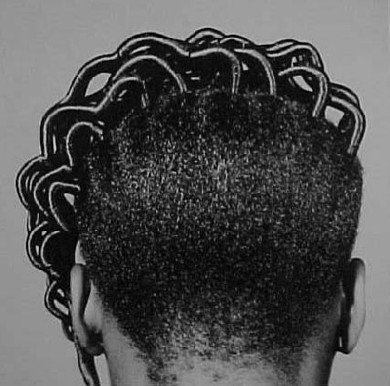
Ojokopeti Credit: pbs.twimg.com
Panumo:
Panumo translates literally as “keep shut”. The hairstyle starts from two different points. One point is the forehead and the second is from the back. The two different threads then meet at the centre of the head.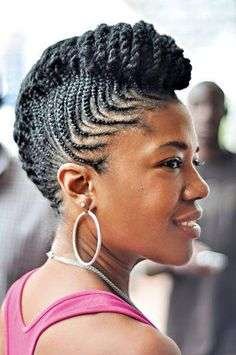
Ajankolokolo:
This hairstyle was favoured among ladies who were just about to start plaiting their hair. It is believed to help pull the hair out of the scalp. Ajankolokolo is divided into little puffs of hair secured by the thread.
Ajankolokolo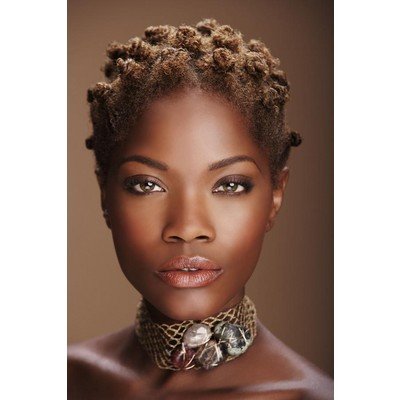
Ajankolokolo
- Orisabunmi:
As said above, Orisabunmi meaning “the gods gave me” is a combination of shuku and koroba. To make it more beautiful, the women adorn the hair with beads or cowries . It is said to be a hairstyle for celebration.
Orishabunmi
Orishabunmi
- Kiko:
Asides from weaving or plaiting the hair, Nigerian women also make Kiko which is known as “twisted threading”. The stylist holds the partitioned hair in one hand and the thread in the other hands. She then wraps the thread skillfully around the hair. Kiko can be used to make all of the styles mentioned above. It is also said to help the hair grow.
Kiko credit: Abiyamo
Kiko credit: Abiyamo
- Calabar:
Any girl that could pull this hairstyle off was said to be classy because it only worked for really long hairs. It is a fast fix for parties and/or outings as they take less time than the other hairstyles.
Calabar Credit: Abiyamo
Calabar Credit: Abiyamo
- Abebe:
Abebe translates as “hand fan”. It is an elaborate hairstyle that looks like shuku with the rump on one side of the head and a shiny spot on the other side of the head. The rump is decorated elaborately as well.
Abebe credit: Abiyamo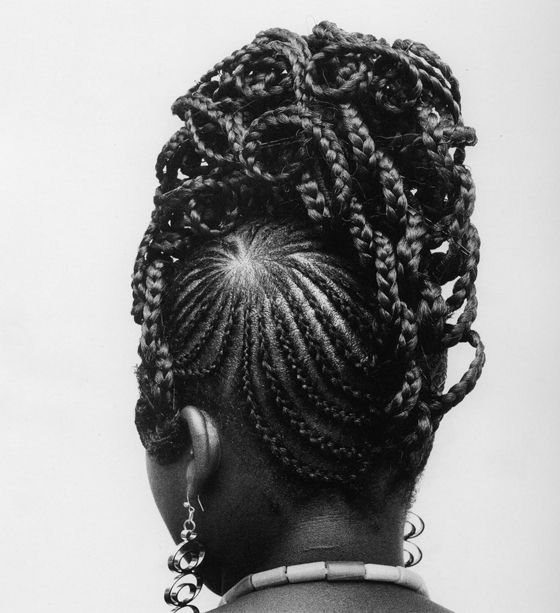
Abebe credit: Abiyamo
- Roundabout:
The hair is partitioned and then threaded to form a recurring circle following one side.
Roundabout credit: Abiyamo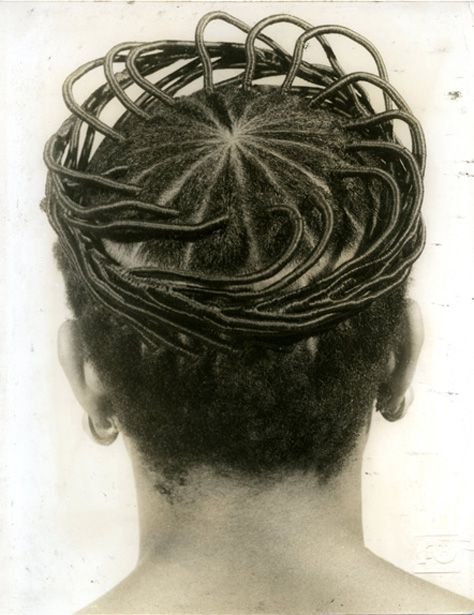
Roundabout credit: Abiyamo
- Konko Below:
Konko below is usually for people who have the short length of hair. The hair is partitioned into puffs of balls and then threaded fully, without any form of style. It is similar to today’s Bob Marley hairstyle.
Konko below credit: Abiyamo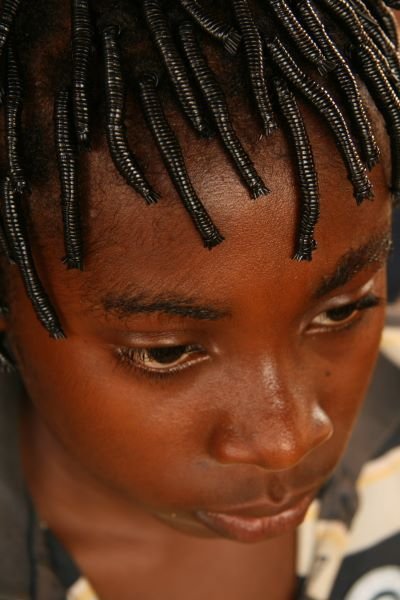
Konko below credit: Abiyamo
Which of the above will you be making soon?
When we take time to teach our children and ourselves about our culture, tradition and heritage, little things that make up the whole of what we call culture would not be lost.
Ethan and Harriet provides a solution to that, especially with the family floor Nigeria puzzle which gives the opportunity for a family to explore Nigeria alongside each other in a fun and interactive way.
It is time to start actively reviving our culture.
that is beauty of women and unique